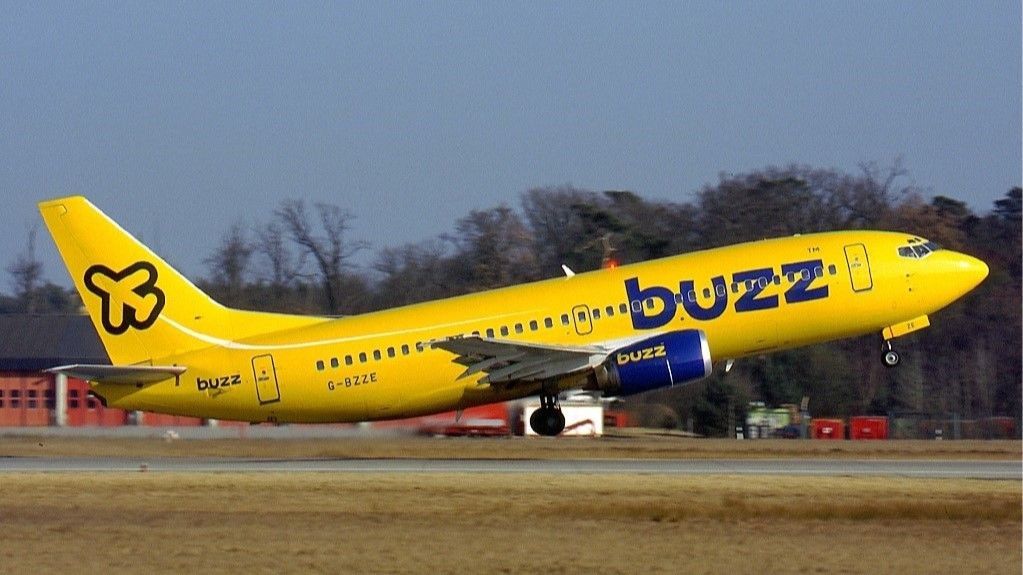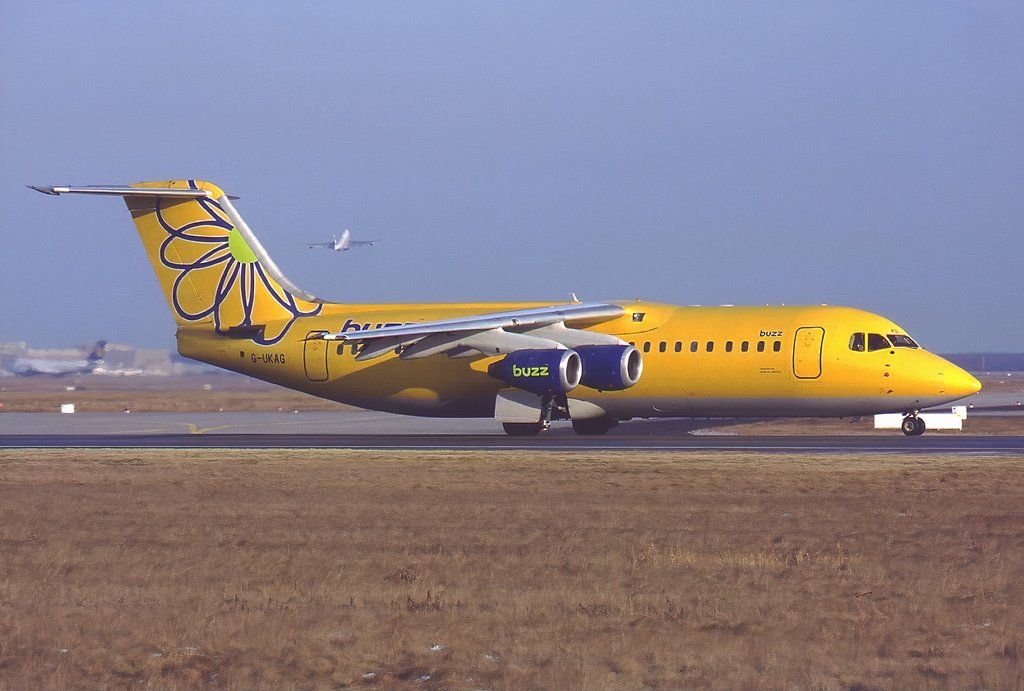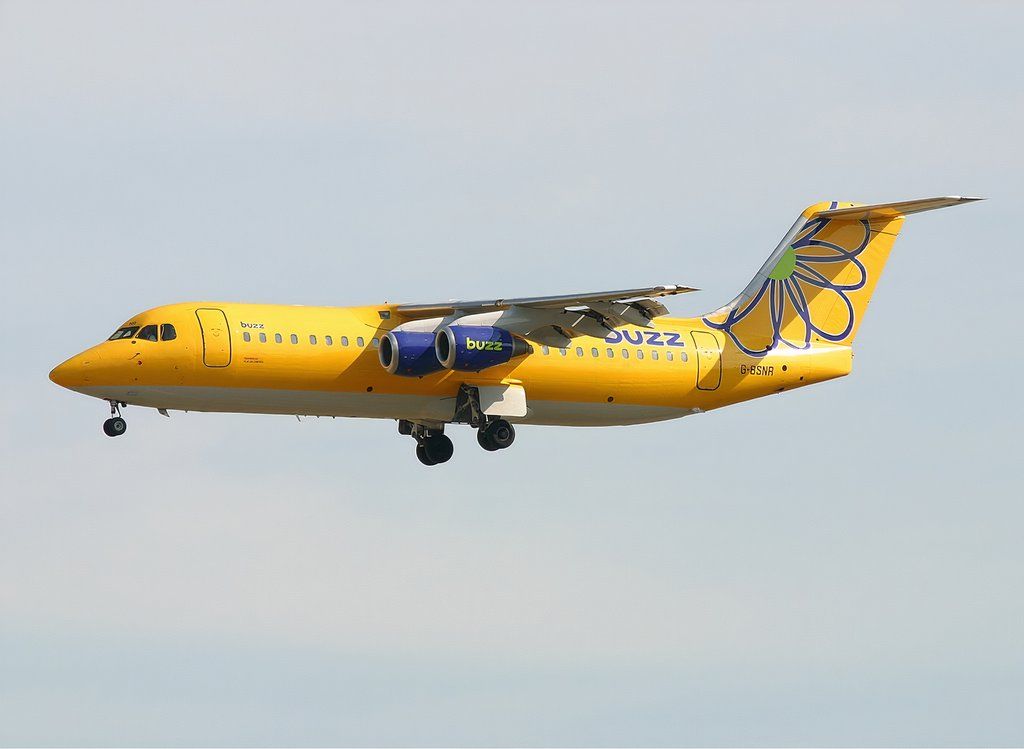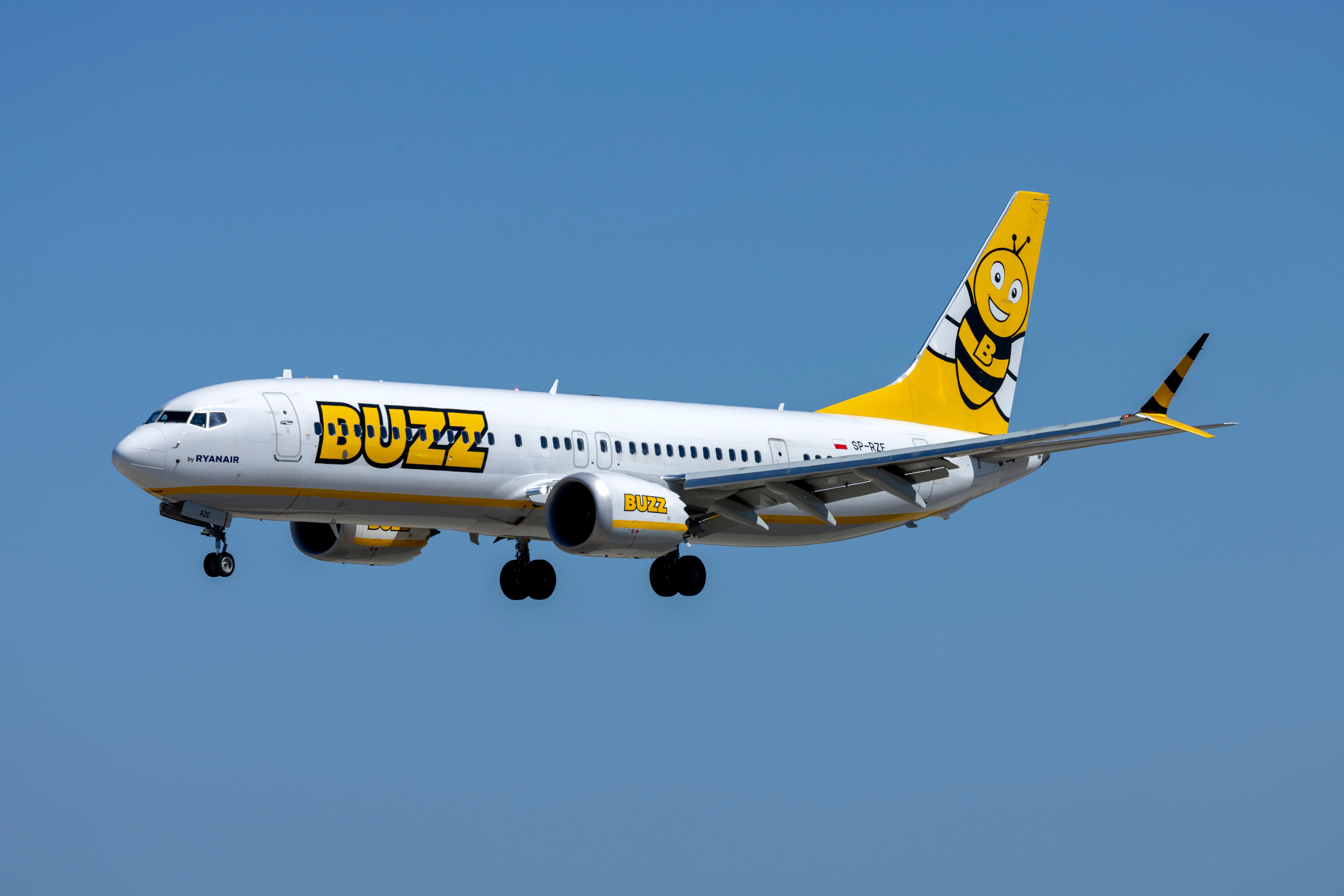Summary
- KLM’s low-cost subsidiary Buzz was launched in 2000 to compete with other budget airlines but was sold to Ryanair in 2003.
- Buzz operated BAe 146s and Boeing 737-300s with a focus on economy class and European business travel routes.
- Buzz was revived by Ryanair in 2019, rebranding its Polish subsidiary, and now operates leisure routes in Eastern Europe.
Dutch flag carrier and SkyTeam member KLM is one of Europe’s most significant airlines. Indeed, the Amsterdam-headquartered operator presently has several subsidiaries under its belt, covering aviation operations in the cargo (Martinair), low-cost leisure (Transavia), and regional (KLM Cityhopper) sectors.
However, did you know that the blue-liveried carrier also previously had another subsidiary airline in its portfolio by the name of Buzz?
KLM launched this low-cost airline at the turn of the century to compete with other budget airlines on European point-to-point routes, but the venture ended up being relatively short-lived. Let’s look back at the history of the airline, which was known for its bright yellow livery.
A new airline for a new century
With the world still booming with optimism at what was to come, the 21st century was just four days old when Buzz commenced operations. KLM had founded its new low-cost subsidiary the previous year, and it took to the skies for the first time on January 4th, 2000. The idea for the carrier arose in response to increasing competition from low-cost airlines like easyJet and Ryanair on European routes.
Buzz took over several services formerly operated by another of the Dutch flag carrier’s subsidiary airlines, namely KLM UK. As such, its initial fleet consisted of eight British Aerospace 146-300 regional jets transferred from this carrier. According to historical fleet data from ch-aviation, it ultimately operated 10 of these quirky quadjets, which, per Planespotters.net, had 110 seats.
Further fleet history
Buzz also flew larger, non-regional aircraft in the form of the Boeing 737 Classic family’s 737-300 model, with ch-aviation showing that eight of these yellow-liveried twinjets graced its fleet. Two previously flew for Deutsche BA, with the other six being ex-Continental Airlines jets. It flew these, and the 10 BAe 146s, out of London Stansted, which remains a popular airport among low-cost carriers in the UK today.
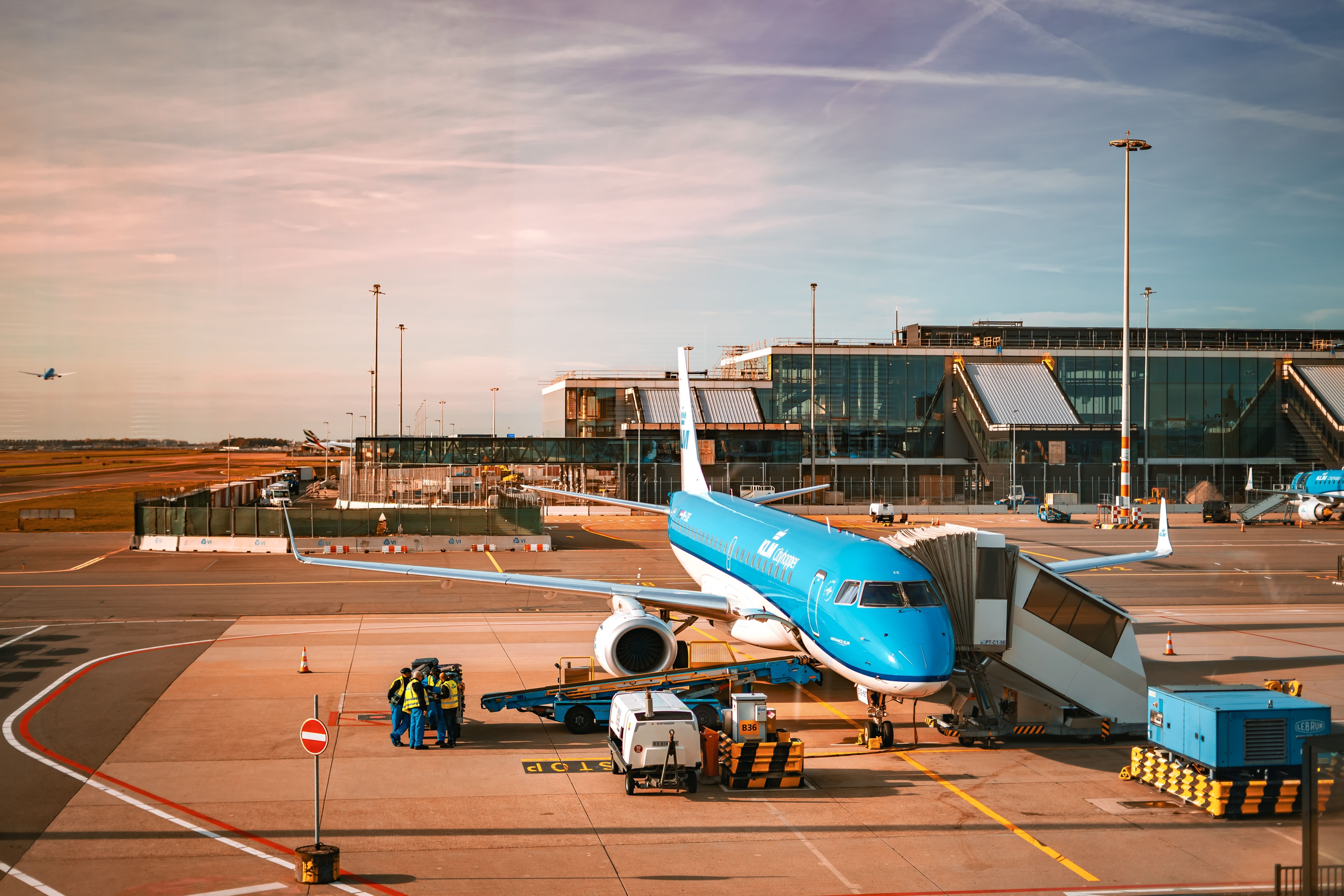
Related
How KLM Chooses Names For Its Aircraft
The Dutch flag carrier has a long history of naming its aircraft.
Buzz’s Boeing 737-300 aircraft had 148 seats onboard, and, much like its British Aerospace 146 quadjets, all of these were designated as economy class, reflecting its operational focus as a low-cost carrier. However, unlike KLM’s mainline aircraft, which are the subject of a complex naming system, none of these aircraft appear to have been named at Buzz. ATDB.aero shows that five remain active today:
- Two BAe 146s (now registered as EP-DZC and EP-MOC at Yazd Air).
- Three Boeing 737s (now registered as EK-73730 at Armenia Air, YV3063 at RUTACA, and TN-AJY at Trans Air Congo).
An additional business travel focus
Buzz had an established presence at Stansted (STN), with its corporate headquarters also located at the airport. One of the more interesting aspects of its network strategy was its attempts to tap into the European business travel market. This remains a tactic of low-cost carriers today, with short-haul business travelers opting for convenience over luxury. For Buzz, Routes to Germany were key to this.
Specifically, Buzz began to operate scheduled services on the high-yield, business-heavy corridors from London to the likes of Düsseldorf and Frankfurt. In a bold move, it even flew to Frankfurt’s primary airport (FRA), rather than the distant Hahn (HHN), which low-cost carriers traditionally preferred. Until 2003, Buzz had a Germany-based commercial manager to stimulate demand on these routes.
The end of the line
However, despite all of its promise, KLM sold Buzz to fellow low-cost carrier Ryanair after just over three years of operations. According to Airways Magazine, the purchase was completed in April 2003, with the agreed price reportedly ending up at €20.1 million as opposed to the initially announced €23.9 million. Ryanair then renamed the brand to Buzz Stansted, and later returned the BAe 146s to KLM.
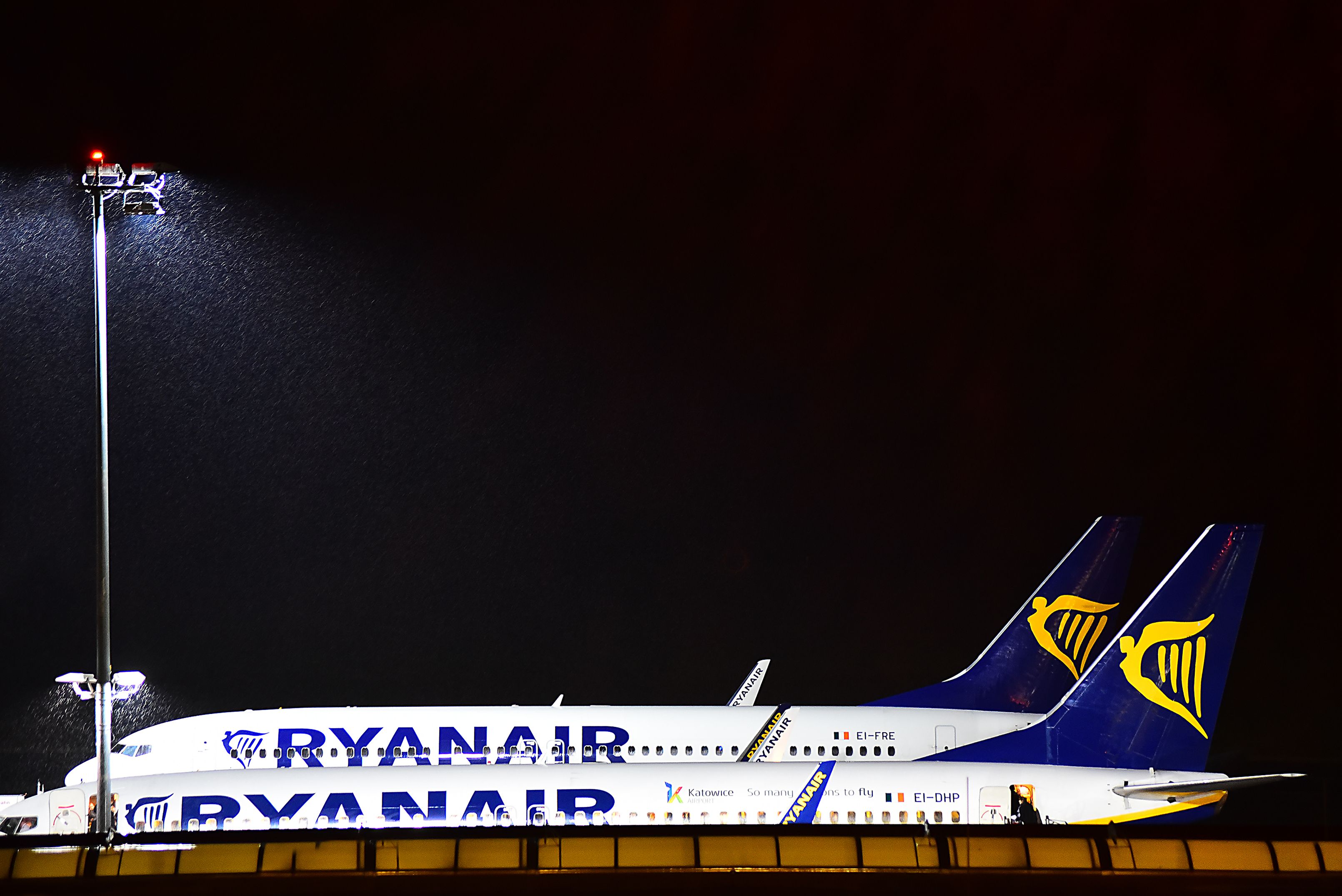
Related
Ryanair Adds 2,000 Seats For UEFA Euros 2024 England vs Denmark Match In Frankfurt
However, Germany’s overall connectivity has not grown much in light of the tournament.
Airways Magazine quotes Ryanair’s Michael O’Leary as stating that the opportunity to acquire Buzz, which had 21 routes at the time, was an “offer we could not refuse.” However, the brand only lasted another 18 months under Ryanair’s ownership, and it ceased operations in October 2004, with Ryanair also opting to return Buzz’s 737-300s to their lessors. However, this was not the end of the brand’s story.
The Buzz brand was eventually reborn 15 years later
Indeed, the Irish low-cost giant brought Buzz back to life in 2019, when it made headlines by rebranding its Polish subsidiary, Ryanair Sun, under this name. The current iteration of Buzz now flies leisure routes from various Eastern European countries, with a distinctive livery featuring a Bee mascot on the tail.
Photo: InsectWorld | Shutterstock
Present fleet data from ch-aviation shows that Buzz currently has 73 aircraft at its disposal, with this figure comprising 59 Boeing 737-800s, 13 737 MAX 8 200s, and a single 737-700. These aircraft collectively have an average age of 12.5 years old, although the MAX series aircraft (three years on average) are somewhat younger.
Did you know about the story of Buzz? Perhaps you even flew with KLM’s low-cost subsidiary during its brief period of operation? Let us know your thoughts and experiences in the comments!

